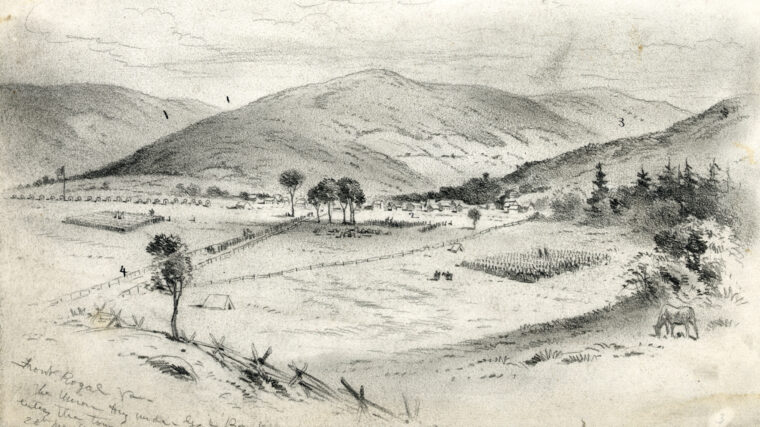
Belle Boyd: Confederate Spy
By William E. WelshWord spread like wildfire through Martinsburg in northeastern Virginia that the Yankees were on the move. On July 2, 1861 Maj. Read more

Word spread like wildfire through Martinsburg in northeastern Virginia that the Yankees were on the move. On July 2, 1861 Maj. Read more
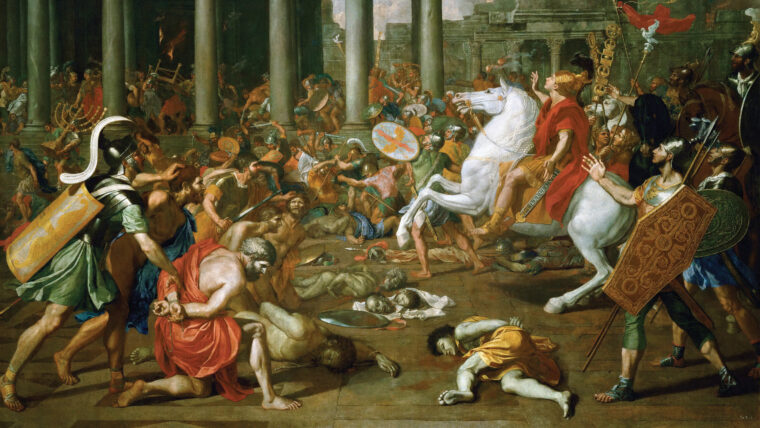
After a summer of starvation and siege had been imposed on the city’s people during the fall of Jerusalem, the great Second Temple was finally on fire. Read more
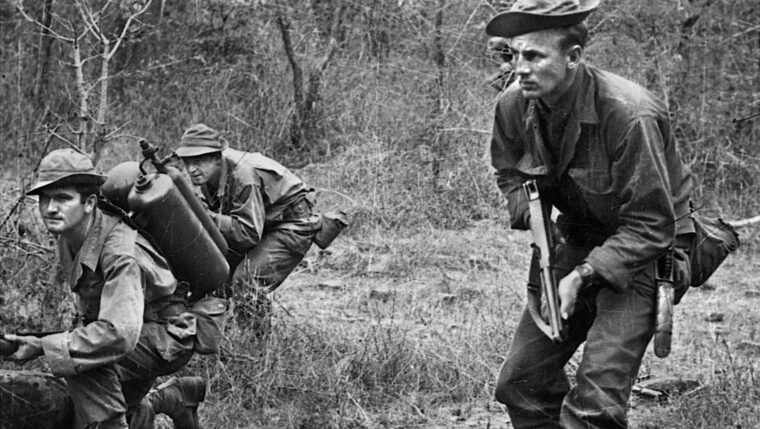
Special operations soldiers have existed since armed forces were first organized. Arguably, the hand-picked Greek warriors concealed inside the Trojan horse outside the gates of Troy 3,000 years ago were the first “special ops” troops. Read more
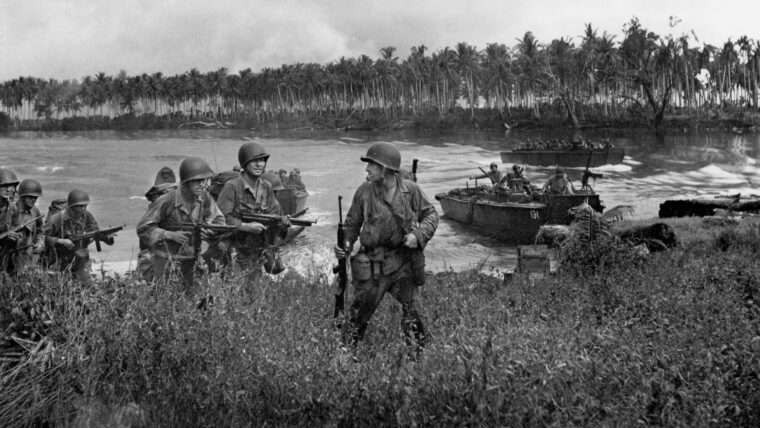
An air strike intended to cover the landing of 1st Lt. John McGowan’s team of six Alamo Scouts was late. Read more
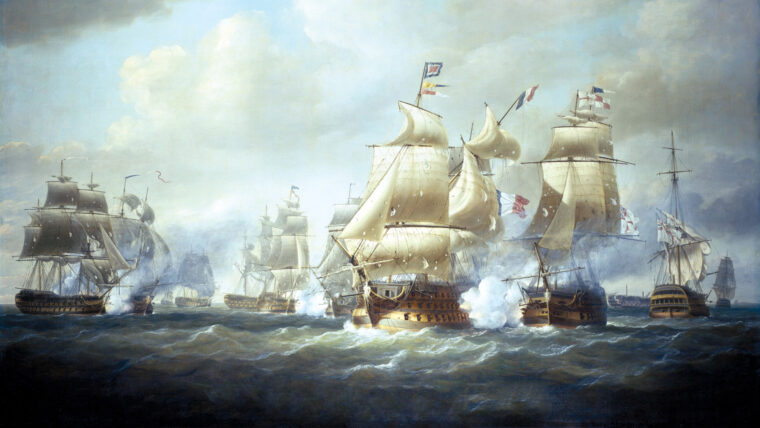
Smoke from hundreds of cannon muzzles fueled an ever thickening fog hovering over the Caribbean Sea south of the French-occupied colony of San Domingo on February 6, 1806. Read more
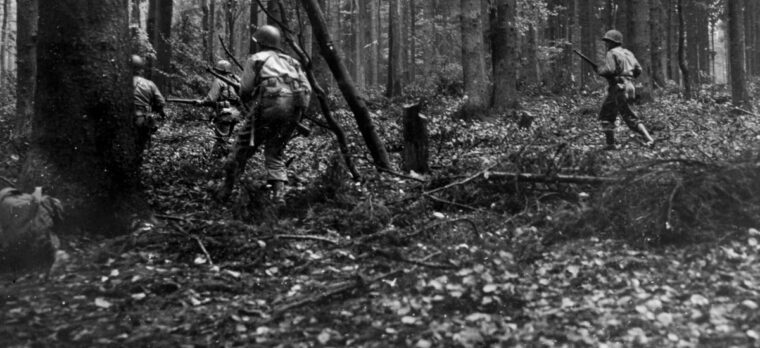
At first, no one cared much about the forest. The objective of the First U.S. Army was the Siegfried Line, the much vaunted defensive line that protected Germany from invasion from the west. Read more
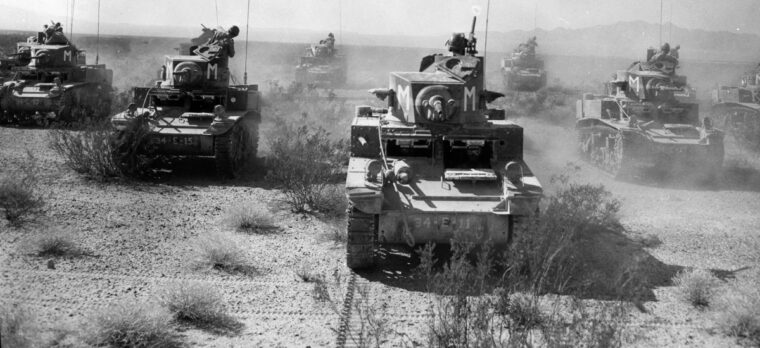
Major General George S. Patton, Jr. had no patience for soldiers disobeying the rules of combat at his Desert Training Center in Southern California. Read more
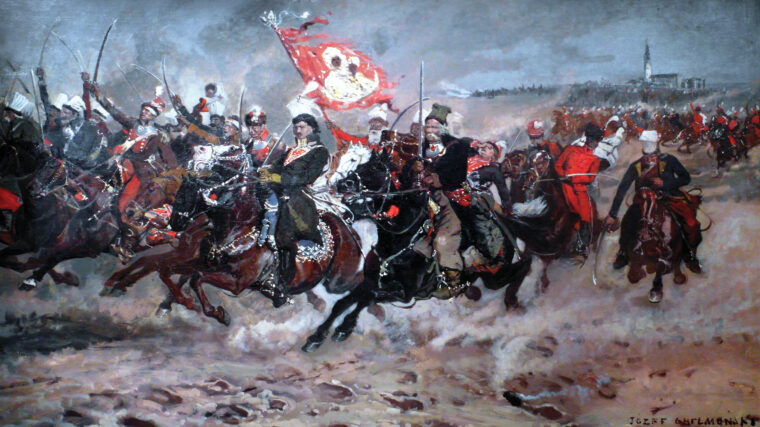
A major fight was in the offing when the first streaks of dawn appeared over Savannah, Georgia, on the morning of October 9, 1779. Read more
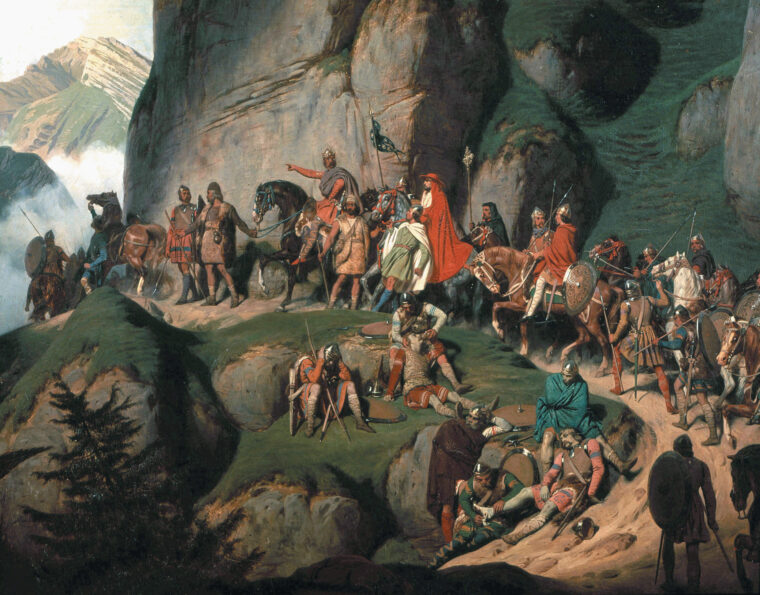
On Christmas morning, 800 ad, a tall, powerfully built man walked up the steps of Saint Peter’s basilica in Rome. Read more
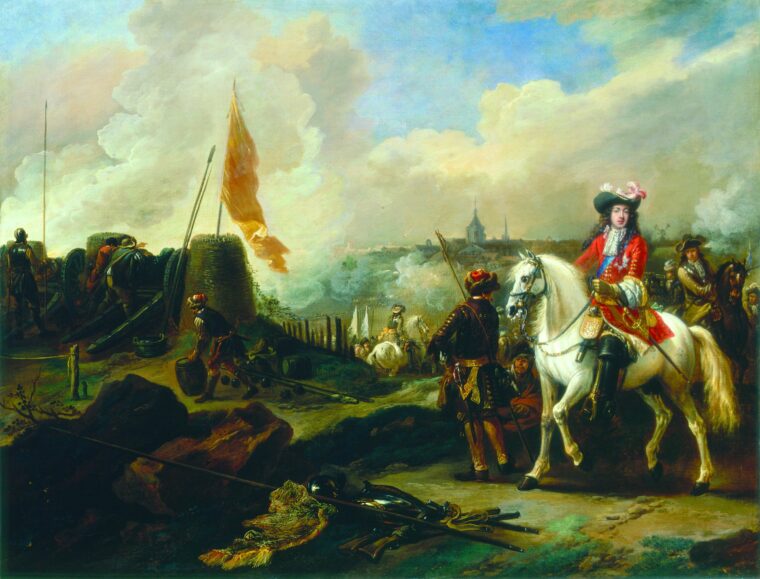
The Duke of Monmouth’s rebel army marched briskly out of Bridgwater into the dark of night on July 6, 1685. Read more
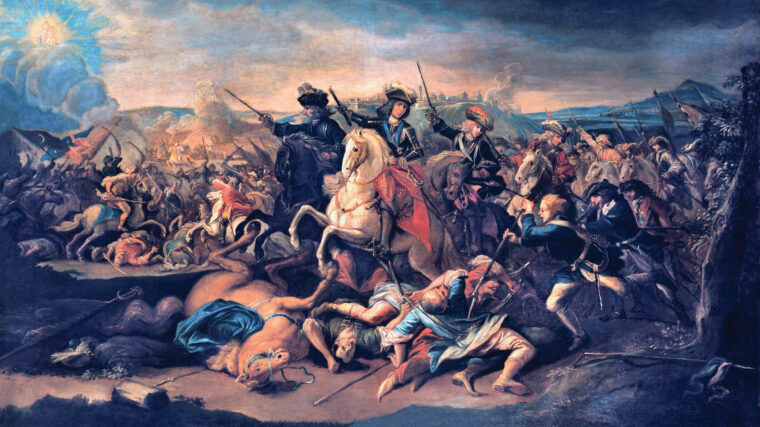
Thousands of dead Turkish soldiers choked the river and littered its bank. It was the fall of 1697 and the young Imperial Field Marshall, Prince Eugene of Savoy, had just vanquished the Ottoman army at Zenta (or Senta), on Hungary’s River Tiza. Read more
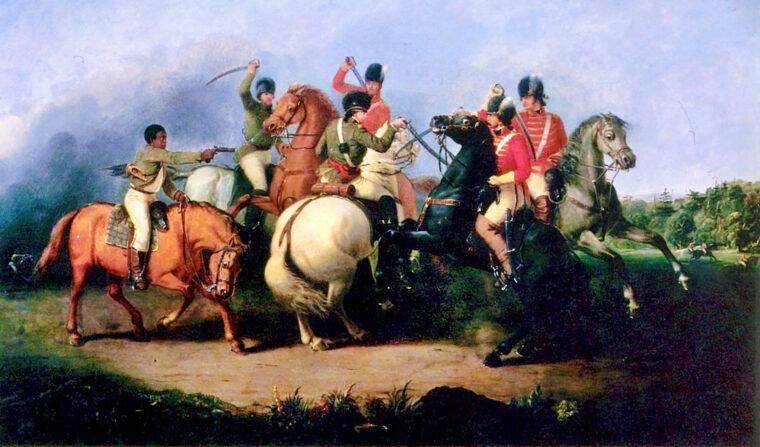
At last, students of American military history have recently been accorded some measure of respect to the tactical genius of Daniel Morgan. Read more
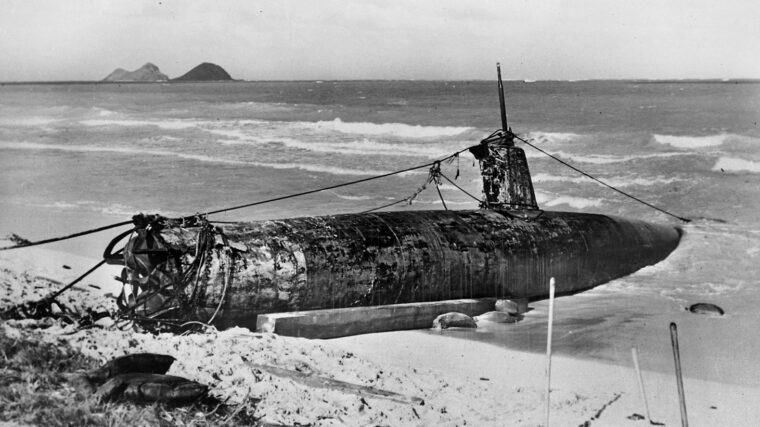
The year 1942 was one of crisis for the Allied cause in the Pacific. Until May, almost everything had gone in favor of Imperial Japan. Read more
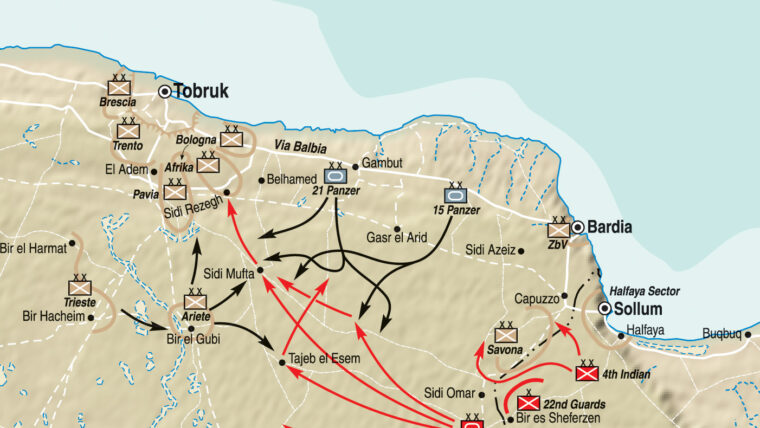
On the evening of Saturday November 22, Lieutenant Robert Crisp of the 4th Armored Brigade came upon the airfield at Sidi Rezegh. Read more
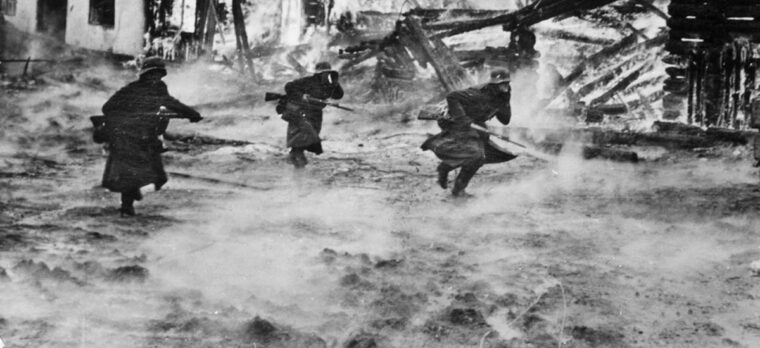
By Mark Simmons
“U-64 was seen on the surface at the top of Herjansfjord near Bjrekvik. I selected the two anti-submarine bombs and put the Swordfish in a dive and released the bombs at 200 feet. Read more
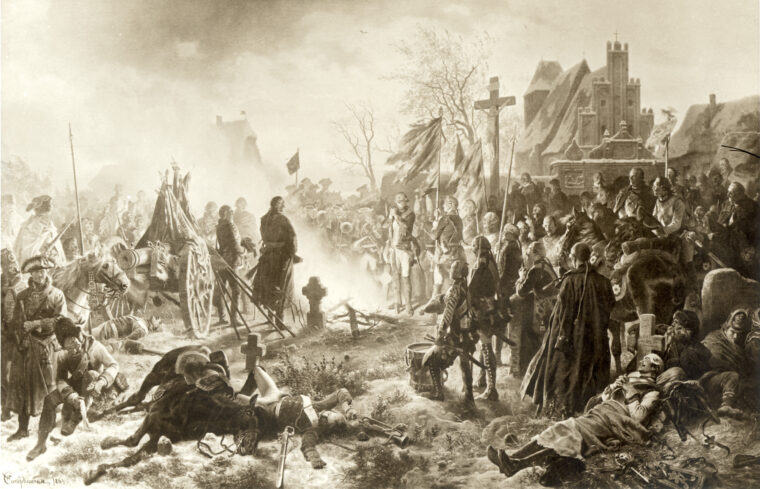
On the morning of December 3, 1757, Frederick the Great ordered all his generals and regimental and battalion commanders to his headquarters at Parchwitz. Read more
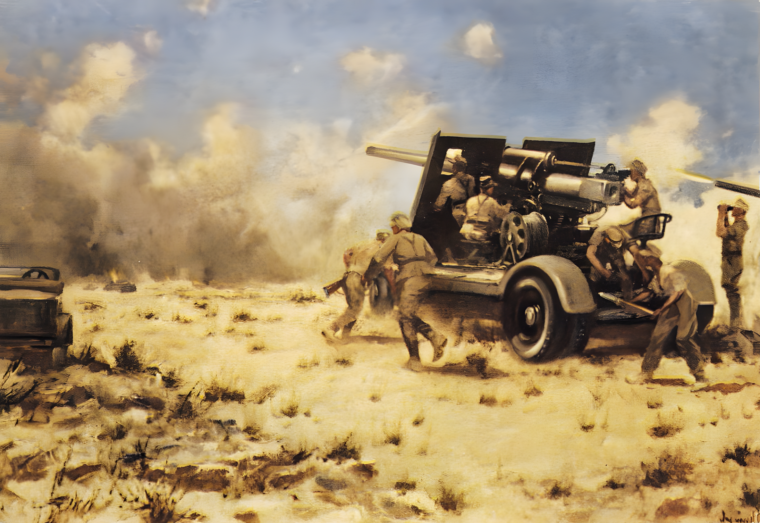
On the afternoon of November 23, known as Totensonntag to the Germans, General Ludwig Crüwell, commander of the Afrika Korps, decided to launch both of his armored divisions at the box being defended by the 2nd South African Brigade which had laagered just south of the contested airfield at Sidi Rezegh. Read more
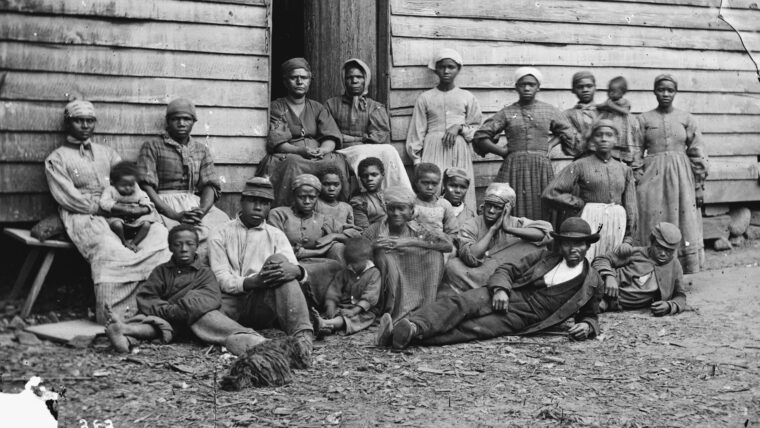
As the early days of the American Civil War were unfolding and the destiny of the republic was being contested on the battlefield, President Abraham Lincoln was engaged in a no less perilous type of battle. Read more
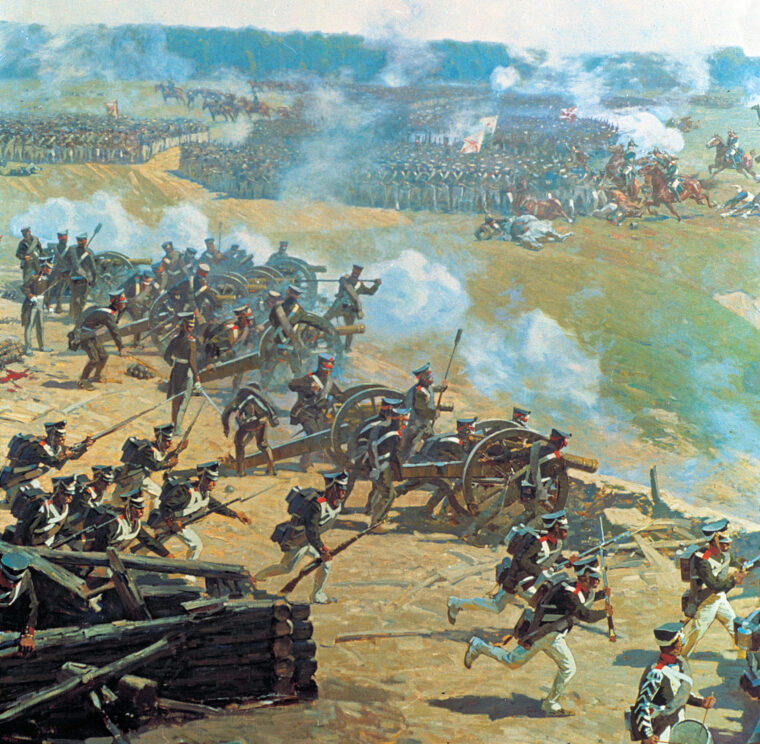
Although the terrain around the Battle of Borodino presented the Russians with a number of good opportunities for a defensive battle, they further strengthened their positions with hastily constructed earthworks. Read more
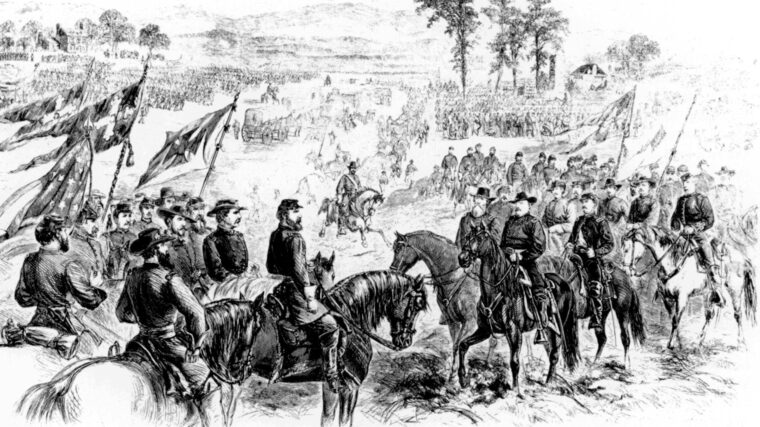
All day on July 4, 1863 the Union and Confederate armies stared at each other during the Battle of Gettysburg. Read more